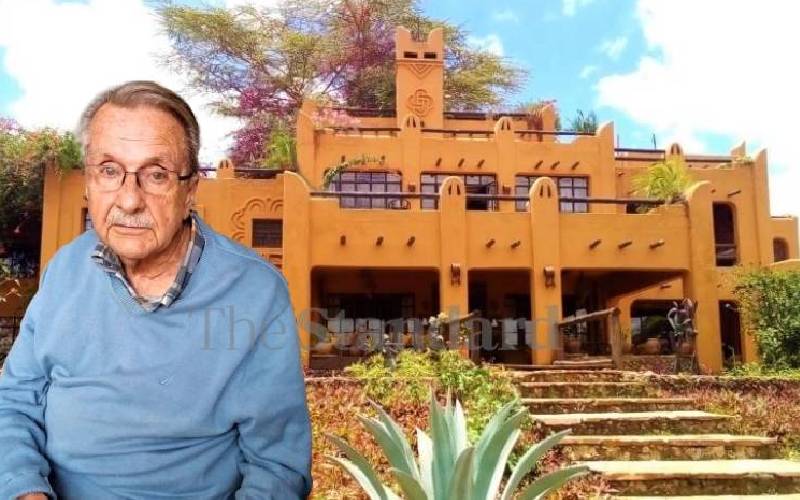×
The Standard e-Paper
Home To Bold Columnists

The African Heritage House, in Mlolongo, Nairobi, was designed by Alan Donovan. [Gilbert Otieno, Standard]
It is late 1969. A second-hand Volkswagen Combi hurtles through the Sahara, braving the blinding sands around Timbuktu and the gusty winds of Djenne in Mali.